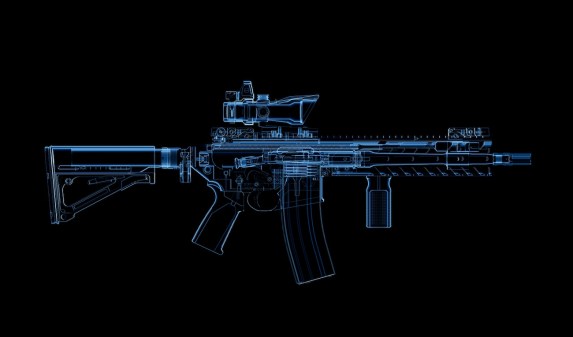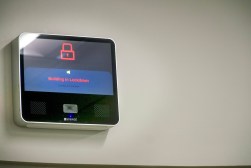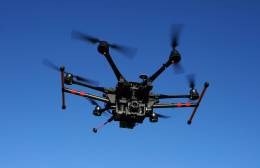New Mexico city expands AI for gun detection

The City of Hobbs, New Mexico, on Tuesday announced that it’s added artificial intelligence software to its real-time crime center, enabling automatic firearm detection in key areas across the city.
Hobbs, a southeastern New Mexico city of 40,000 on the Texas border, expanded to its municipal buildings and parks a technology that had already been in use in its K-12 school district for more than a year: video camera software from ZeroEyes, a “weapons detection platform” whose makers promise to slash police response times ahead of potential crises.
Brendan Ingley, a sergeant with the Hobbs Police Department, told StateScoop the new software only monitors about 70 of the city’s roughly 1,000 cameras, which watch school hallways, traffic intersections, fire stations and entire communities from atop towers.
“We can see pretty much throughout the city from our camera system,” said Ingley, who runs the crime center. “We’re definitely blessed. You really can’t put a price on people’s lives and that’s the thing we’re trying to do here is do everything we can proactively to try to prevent what we can, get ahead of it, if you will.”
In roughly one year of being equipped with ZeroEyes, cameras at Hobbs Municipal School District sent the city’s crime center “three or four” gun notifications, Ingley said. Though all those cases turned out to be kids playing with water pistols or airsoft guns, he said he’s heartened to know that automatic camera software is alerting police to events that might not have had human witnesses, particularly in light of the many school shootings reported by the news.
On its website, ZeroEyes advertises an FBI statistic: Since 1970, 1,644 school shootings have led to 589 deaths and 1,612 injuries. But those figures pale in comparison to the nation’s annual gun death tallies — there were more than 20,000 gun deaths in the U.S. last year, not counting suicides, according to the Gun Violence Archive, a group that aggregates data from thousands of sources.
ZeroEyes, which claims K-12 school districts, churches and health centers among its customers, also says in its marketing that the average police response time of 18 minutes is too slow compared to the average school shooting, which is over in less than 13 minutes.
Ingley said that, with the help of cameras, his crime center in one case managed to deploy an officer to a school within 30 seconds.
“In today’s world, with all the violence and all the things that are going on, there’s really not a tool we’re not going to look into,” he said. “We’ve got to be proactive. We’ve got to do our best to get ahead of these calls and prevent as much of this criminal activity as we can.”






